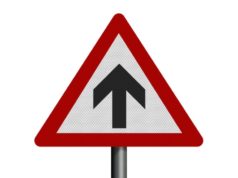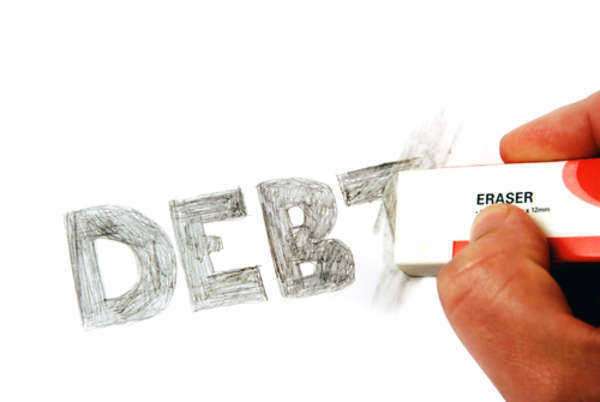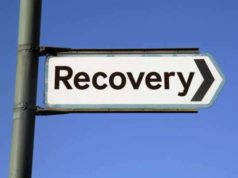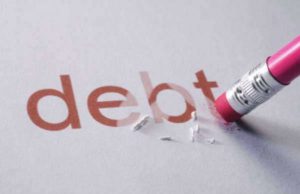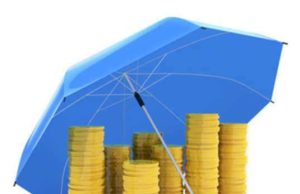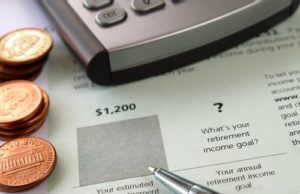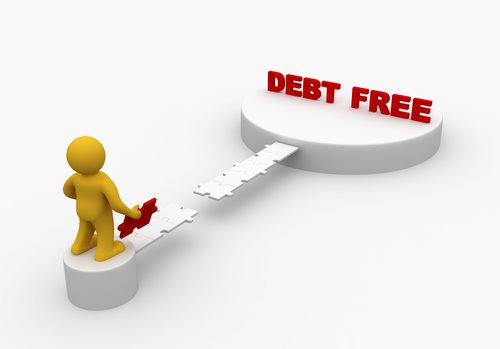
Debt can be a trap that keeps people from reaching financial goals and can lead to stress, anxiety and even depression. In the United States, the average household carries over $137,000 in debt, according to the Federal Reserve. But the good news is that getting out of debt is possible with the right strategies and mindset. In this article, we’ll debunk common myths about getting out of debt and present proven ways to become debt-free.
Myth #1: You need to be rich to get out of debt
Fact: While having a high income can certainly help, it is not the only factor in getting out of debt. What matters most is having a solid plan and commitment to sticking to it. This means prioritizing debt payments and cutting back on unnecessary expenses. Anyone, regardless of income level, can create a budget and reduce debt by following a step-by-step plan.
Step #1: Know your debt
The first step to getting out of debt is knowing exactly what you owe. This includes credit card debt, loans, mortgages, auto loans and any other outstanding balances. Make a list of each debt, the interest rate, and the minimum monthly payment. This will give you a clear picture of your debt and allow you to create a plan.
Step #2: Create a budget
Creating a budget is essential to getting out of debt. A budget helps you track your spending and identify areas where you can cut back. Start by listing all of your income sources and expenses, including essential bills (rent, utilities, groceries) and discretionary expenses (eating out, shopping, entertainment). Cut back on discretionary expenses as much as possible and redirect those funds towards debt payments.
Step #3: Prioritize your debts
Now that you have a clear picture of your debt and a budget, it’s time to prioritize your payments. One effective strategy is to focus on paying off the smallest debts first, known as the debt snowball method. This approach builds momentum by achieving quick wins and can help increase motivation. Another approach is to focus on paying off debts with the highest interest rates first, known as the debt avalanche method. This saves money on interest over time but requires more discipline and patience.
Myth #2: Debt consolidation is the best way to get out of debt
Fact: Debt consolidation can be a helpful tool for simplifying monthly payments and reducing interest rates, but it is not a one-size-fits-all solution. Consolidation typically involves taking out a new loan to pay off multiple debts, which can lead to a longer repayment period and higher total interest paid. It’s important to weigh the pros and cons and consider other options.
Step #4: Explore your options
If you’re struggling to make payments on multiple debts, there are a few options to consider:
● Debt consolidation loan: This involves taking out a new loan to pay off multiple debts, leaving only one monthly payment at a lower interest rate. This can simplify payments and lower interest rates, but may come with fees or a longer repayment period.
● Balance transfer credit card: This involves transferring high-interest credit card balances to a card with a low or 0% introductory interest rate. This can save money on interest but requires timely repayment and may include balance transfer fees.
● Debt management plan: This involves working with a credit counseling agency to create a plan to pay off your debts over time. The agency negotiates lower interest rates with creditors and consolidates your payments into one monthly payment.
● Bankruptcy: This should be a last resort option and can have long-lasting consequences such as damage to credit scores. Bankruptcy can also discharge certain debts or provide a payment plan that allows some debts to be paid off over time.
Myth #3: You can’t have fun while paying off debt
Fact: While getting out of debt requires discipline and sacrifice, it doesn’t mean you can’t have fun. Budgeting can actually lead to more intentional spending and the ability to prioritize experiences that bring joy and fulfillment. It’s important to find a balance between paying off debt and enjoying life.
Step #5: Find joy in frugality
Frugality does not have to be boring. In fact, it can lead to more creativity and appreciation for simple pleasures. Here are a few ways to find joy in frugality:
● Plan inexpensive outings with friends and family, such as picnics, hikes or game nights.
● Find free or low-cost entertainment options in your city, such as museums, concerts, or festivals.
● Cook meals at home and experiment with new recipes. Eating out less can save money and lead to healthier habits.
● Find alternative ways to exercise, such as biking, walking or running in the park.
Step #6: Reward yourself
Celebrating milestones and achievements along the way can help keep motivated and on track. Plan small rewards for achieving specific debt-payoff goals, such as a special meal or a fun activity. It’s also important to acknowledge when things don’t go as planned and to adjust the plan as needed. Be kind to yourself and view getting out of debt as a journey, not a quick fix.
Conclusion
Getting out of debt requires a commitment to a plan, but it is possible for anyone regardless of income level. By knowing your debt, creating a budget, prioritizing payments, exploring options and finding joy in frugality, anyone can become debt-free. Remember to celebrate successes along the way and be kind to yourself when things don’t go as planned. With discipline and a positive mindset, anyone can break free from the trap of debt.
The structuring of financial plans and strategies intended to not only provide debtors with relief concerning any or all outstanding debt, but also methodologies and ideologies providing for future financial success
Financial counseling implemented in order to provide individuals with much-needed analysis of their current financial state in order to provide meaningful and valuable insight concerning the most sensible and intelligent plan of action to undertake
3 Types of Free Debt Advice
The following examples of Free Debt Advice are available for undertaking in the event that you wish to resolve, restructure, reorganize, or simply further educate yourself about the legal parameters and procedures concerning debt resolution:
Government-sponsored Free Debt Advice
The United States Government offers a variety of Free Debt Advice resources in the form of credit counseling, debt restructuring resources, and financial management programs; these types of Free Debt Advice are not only offered on the Internet, but non-profit financial institutions mandated by the government exist in order to provide individual debtors with information and strategies providing valuable financial planning concerning debts incurred:
Non-profit credit counseling and debt management programs are amongst the most common types of Free Debt Advice offered by not only the Federal government, but also by individual State and jurisdictional governments; these programs may be available to eligible individuals who meet the requirements associated with the participation in such programs – please visit your local municipal building for more information
Free Debt Advice with your Network
Amongst the most viable and effective means of attaining legitimate Free Debt Advice is seeking out the advice of trusted friends, colleagues, and networks who have undergone debt resolution and management; upon seeking the advice of trusted resources who have shared in similar experiences, you may be able to gain initial acclimation to debt assistance programs offered prior to undertaking them.
Pro-bono Debt Specialists and Legal Counsel
In the event that you are unable or unwilling to seek out the opinions of trusted friends or networks, undertaking legal counsel through a certified and accredited attorney specializing in debt legality, the analysis of Free Debt Advice resources, and the provision of debt management strategies is considered to be amongst the most reliable and efficient options. In the event that you are unable to furnish payment for legal advice, pro-bono and non-profit legal Free Debt Advice may be made available to eligible applicants.






